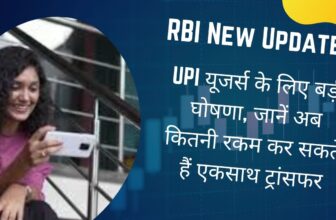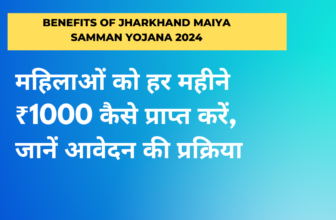
Inflation Hits a 15-Month Peak: A Visual Overview
Household Savings Hit Five-Decade Lows as India Battles Soaring Food Prices, Weakening Rupee, and Rising Fuel Costs
Household savings among Indians have plummeted to levels not seen in half a century, as the nation grapples with the confluence of surging food prices, a depreciating rupee, and an upward trend in fuel costs.
The Consumer Price Index (CPI), a vital indicator, derives its calculation from a weighted average of approximately 450 items, with nearly half of them associated with food products. The recent spike in the CPI, predominantly driven by the steep ascent of food prices, has left households wrestling with the profound impact on their day-to-day financial budgets.

One noteworthy example of this surge in food prices is the extraordinary price escalation of tomatoes, particularly between July and August. Within a few weeks, tomato prices doubled from approximately Rs 20 per kilo in the initial three weeks of June to Rs 40 per kilo. By the end of that month, the price had soared to Rs 100 per kilo. In August, the situation worsened with prices reaching Rs 200 and eventually peaking at Rs 350 per kilo.
However, it’s not only tomatoes facing price hikes; cereals like rice and wheat, pulses, various vegetables, and spices have all experienced significant price increases. The inflation rate for cereals and related products rose from 12.71% in June to 13.04% year-on-year in July.
Also read, Dedicated Cargo Care Set to Launch IPO, Aims for ₹25 Crore in India’s Thriving Logistics Sector
To gauge the extent of food inflation, the rating agency Crisil publishes a monthly ‘Rice and Roti’ report, tracking price fluctuations of essential commodities required to prepare both vegetarian and non-vegetarian thalis (meal platters).
A vegetarian thali typically includes roti (flatbread), vegetables like onions, tomatoes, and potatoes, rice, dal (lentils), curd (yogurt), and salad. Conversely, a non-vegetarian thali replaces dal with chicken. The monthly changes in prices provide insight into the impact on the average consumer’s expenditure.
According to Crisil’s report, in August, the cost of a vegetarian thali surged by 24% to reach Rs 33.8, while a non-vegetarian thali saw a 13% increase to Rs 67.3, compared to the same period the previous year. In July, these increases were even more pronounced on a month-on-month basis, with the cost of vegetarian and non-vegetarian thalis rising by 34% and 13%, respectively, compared to June.
The combined pressure of rising food prices, an increase in fuel costs, and the depreciation of the rupee has forced people to dip into their savings to meet their essential consumption needs. Consequently, India’s net household savings have hit a five-decade low in 2023.






